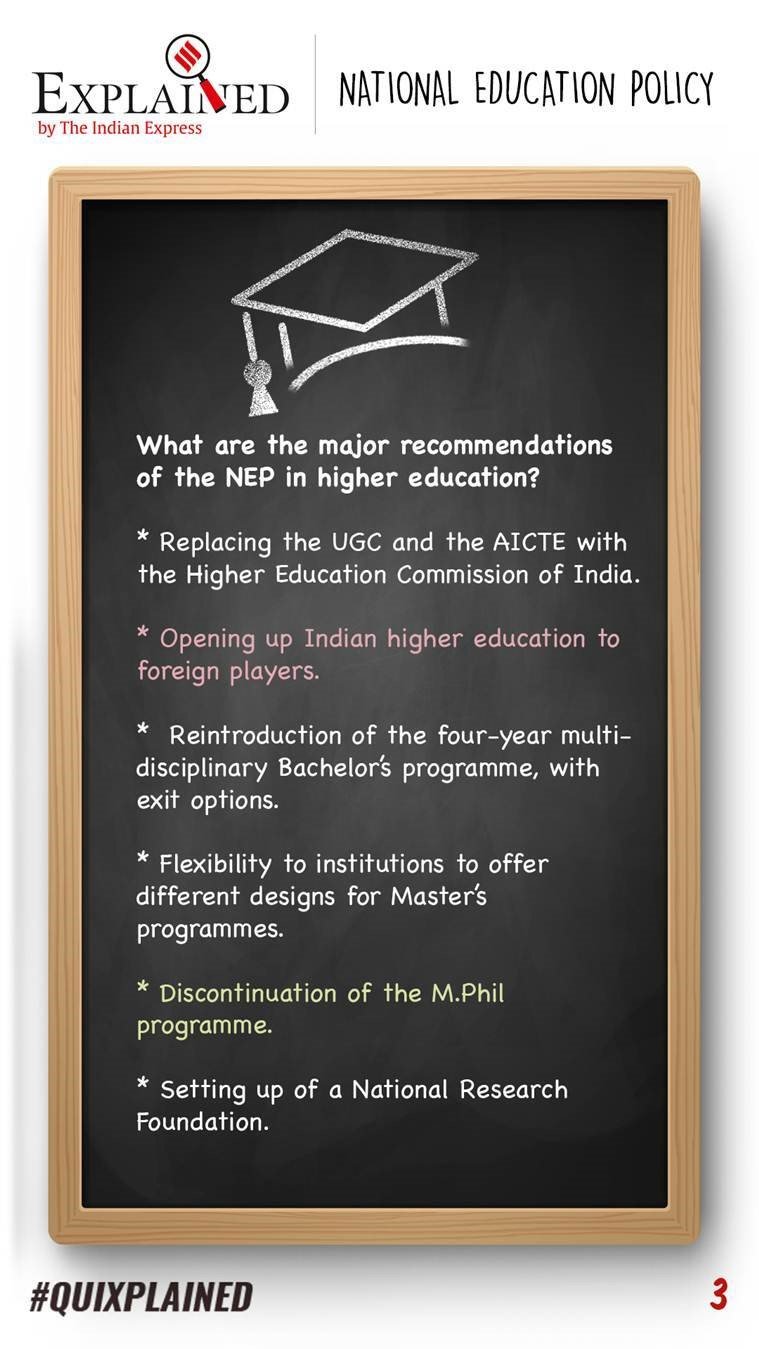An Education Policy includes the principles and government policies and guidelines that govern the operation of educational systems.
Over decades, policymakers have believed that education and health are the areas will come into focus after the development of a country. But in reality, it is very difficult to imagine the development of any country without improving its health and education sectors.
Our first National Education Policy (NEP) was launched in 1968. 18 years later in the year 1986, we implemented the second Education Policy. 34 years in the wake of that, we are talking about a New Education Policy that was announced on the 29th of July, 2020. In the words of our Honourable Prime Minister, this policy is based on the pillars of “access, equity, quality, affordability, accountability” and will transform India into a “vibrant knowledge hub”.
As an educator with more than 37 years of educational experience, I completely agree with the Prime Minister. NEP will introduce and implement educational reforms across all levels of education in India. It implements changes in the way the instructors in schools and colleges perceive education and indicates how teachers should be trained and how they should approach education.
My perspective on how NEP will transform education in India:
- Change of the 10+2 structure of school education to 5+3+3+4: The first five years start from the ages of 3 to 6 years. This age group was not covered in the earlier policies. NEP also reduces the content of the curriculum and focuses on critical thinking and application-based learning. Transformation begins here. There is no differentiation between Curricular, Extra-curricular, Co-curricular, Science, Humanities and Arts streams. I believe that this reform will obliterate the pressure of studying uninteresting subjects.
- Mother tongue, Local or Regional language: This would serve as the medium of instruction at least till Grade 5, but preferably till Grade 8 and beyond. I liked that it was not stated as mandatory. I firmly support mother tongue learning, but it is challenging to support that framework in cosmopolitan cities.
- Preparatory Stage (Grades 3-5, covering ages 8-11): The introduction of experiential learning in the Sciences, Mathematics, Arts, Social Sciences and Humanities is the most fascinating change.
- Middle Stage (Grades 6-8, covering ages 11-14): With a subject-oriented pedagogical and curricular style, this children in this age group will reap benefits through Coding and Internship opportunities.
- Secondary Stage (Grades 9-12 in two phases, i.e., 9 and 10 in the first and 11 and 12 in the second, covering ages 14-18) : With greater depth, greater critical thinking, greater attention to life’s aspirations, greater flexibility and choice of subjects, and an option to exit at Grade 10 and re-enter at a later stage in Grade 11 will remove the examination pressure and give students the choice of choosing the subject that they want to study.
- There is a change in the pattern of assessment suggested. All the examinations will primarily check the core capacities and competencies superseding earlier efforts by students to memorize curriculum.

Furthermore, students get a certification even if they are compelled to exit Undergraduate courses halfway. The list goes on, but the implementation will make all the difference. The guidelines given for the training of teachers is equally powerful and revolutionary.
My experience sees this as a programme that will turn the Education system into the ancient Indian system of “Gurukula” learning, bringing back a lost glory.
